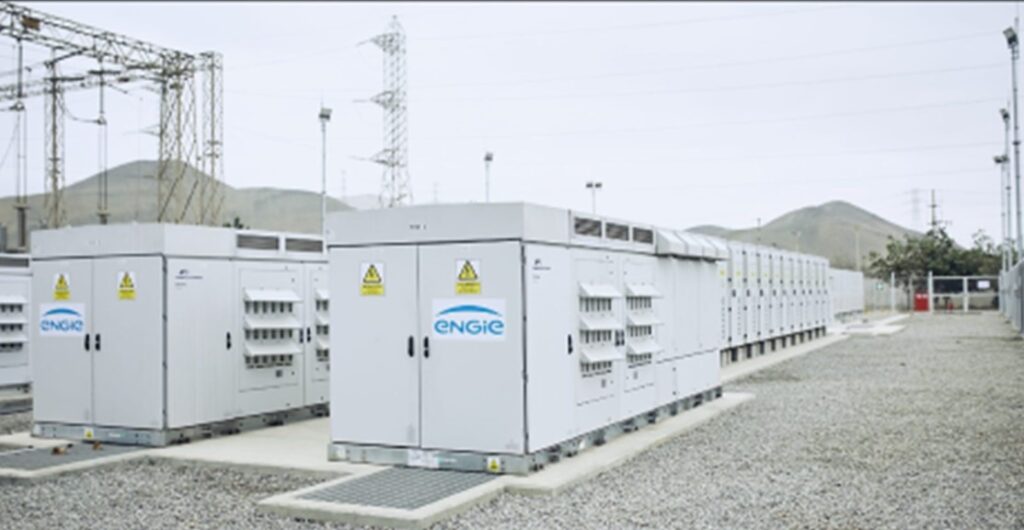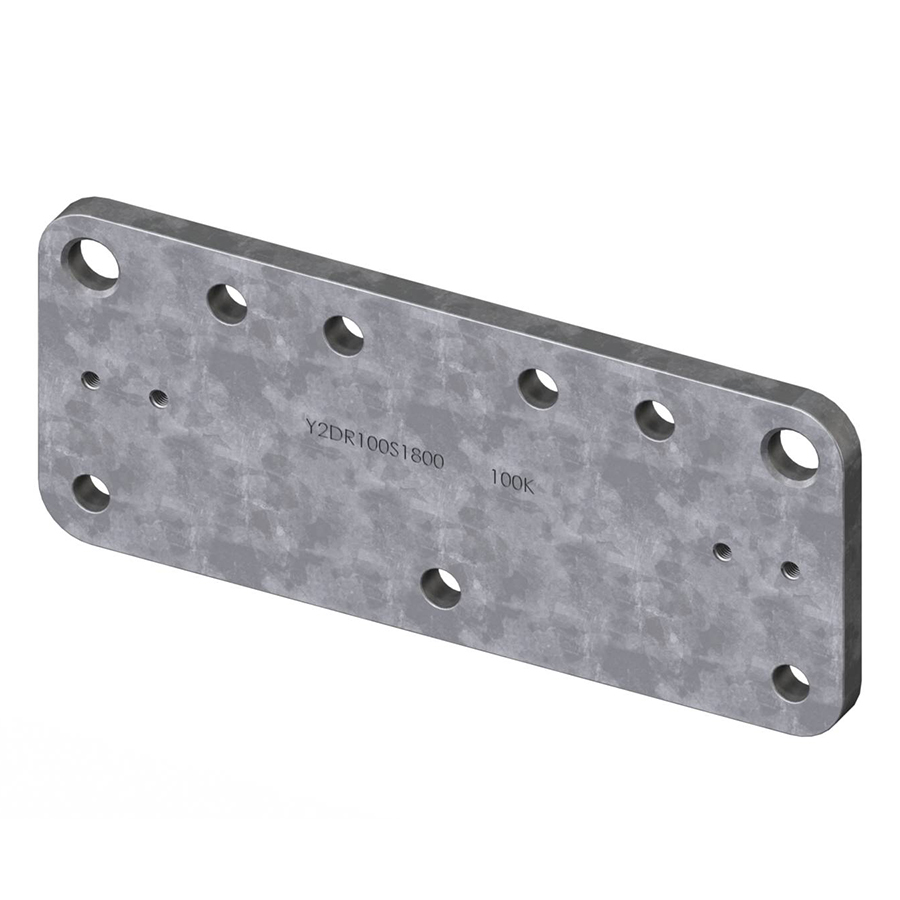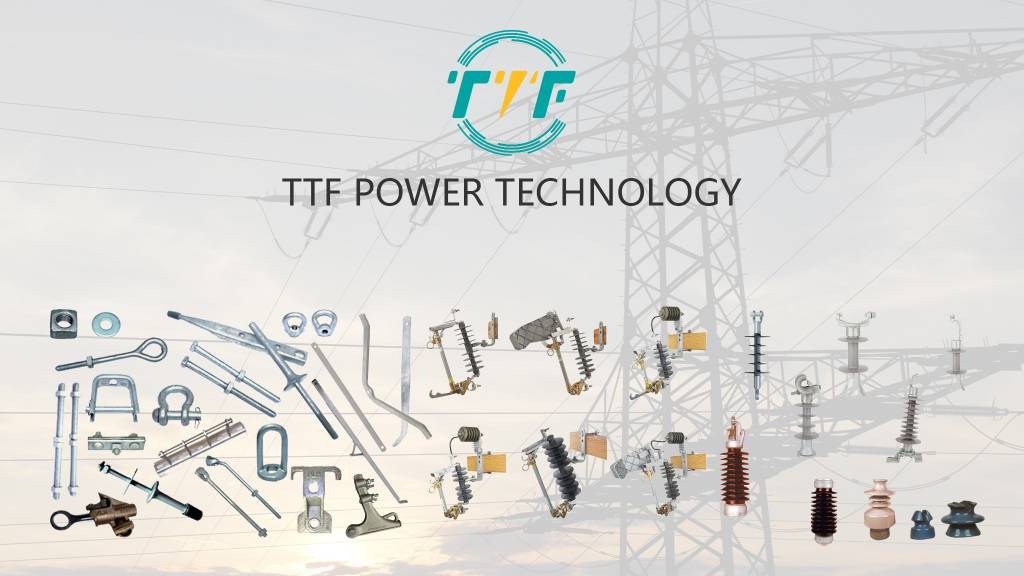
Peru has rich mineral resources supporting renewable energy technologies. It also produces lithium, which is a key component in the lithium battery recycling industry. Peru is building a 500 kg/h lithium battery recycling plant, which presents an opportunity to address the growing demand for lithium-ion battery recycling. This is crucial in promoting a circular economy and supports sustainable mining practices. With the rise of electric vehicles, renewable energy storage, and portable electronics, there is increasing demand for lithium battery waste. The 500 kg/h plant will need mechanical processing, hydrometallurgical treatments, and pyrometallurgical options. It also demands battery shredders, leaching reactors, and effluent treatment plants. Yoke plates ensure structural stability, alignment, and operational efficiency of the battery plants. Peru could position itself as a leader in South America’s battery recycling industry. The development could also contribute to economic growth and environmental protection.
High-quality yoke plates hold the shredders in place to ensure stable operation when processing large volumes of spent batteries. They prevent metal fatigue from constant vibrations and maintain precise blade alignment for efficient material breakdown. Yoke plates provide a rigid frame for hydraulic presses that compact separated battery materials. They ensure uniform pressure distribution and avoid equipment warping. Yoke plates enhance safety by containing high-pressure forces. They also act as a mounting base for conveyor belts transporting battery components. The plates reduce belt misalignment and support heavy loads of sorted materials to reduce downtime.
Yoke plates in developing lithium battery plants in Peru
A yoke plate is a flat steel plate used to connect, support, or stabilize components in industrial equipment. The plates aid in crushing and separation machinery, structural frameworks and mounting systems, lifting and load-bearing assemblies, and electrical insulator supports. Yoke plates play a crucial role in maintaining the safety, stability, and operational efficiency of the entire facility. Yoke plates should be from high-strength, heat-resistant materials like stainless steel, high-grade carbon steel, or composite insulators. Here are the functions of a yoke plate in developing lithium battery plants in Peru.

- Structural stability—yoke plates serve in frames that house vibratory feeders, crushers, and grinders. They help prevent deformation and equipment failure under heavy loads.
- Vibration dampening—they help absorb shock and vibration from high-speed machinery to protect delicate systems such as airflow separators and dust collectors.
- Alignment and mounting—yoke plates ensure precise alignment of rollers, motors, or conveyors. They make it easier to maintain consistent processing speeds and reduce downtime.
- Electrical isolation—yoke plates are from non-conductive composites that help with safe mounting and electrical isolation.
Infrastructure needed for developing lithium battery plants in Peru
The development of lithium battery plants, including recycling and production facilities, demands robust infrastructure for operation . Lithium is crucial in emerging EV markets and advancing battery waste management. Using robust infrastructure helps establish and operate a lithium battery plant in Peru. Yoke plates act as mounting bases for conveyor belts transporting battery components. The following are the infrastructural components needed for lithium battery development in Peru.

- Industrial facility and site preparation—a lithium battery plant needs a purpose-built facility designed for heavy industrial operations. The operations include industrial-zoned land, reinforced concrete floors, ventilation systems, containment areas, and access roads.
- Power supply and electrical systems—battery manufacturing and recycling plants consume large volumes of energy. A stable power supply is essential for high-voltage transformers and substations, backup diesel, smart energy management systems, and energy-efficient lighting. Integrating renewable energy sources can help meet sustainable goals while reducing operational costs.
- Water supply—water is crucial in cooling systems, chemical treatments, and dust suppression. These are crucial in high-capacity water lines, closed-loop water systems, and on-site wastewater treatment.
- Processing equipment—a lithium battery plant depends on machinery including battery dischargers and feeders, crushers and shredders, airflow and pyrometallurgical units. These systems should be housed in temperature- and humidity-controlled environments.
- Digital infrastructure and automation—a modern battery plant needs resilient digital systems to track performance and ensure efficiency. These include PLC-based control systems, SCADA systems, industrial IoT sensors, and cybersecurity architecture.
- Human capital infrastructure—training centers and support facilities—is crucial to sustain operations. The operations include on-site training labs, worker housing, emergency medical centers, and recreation zones